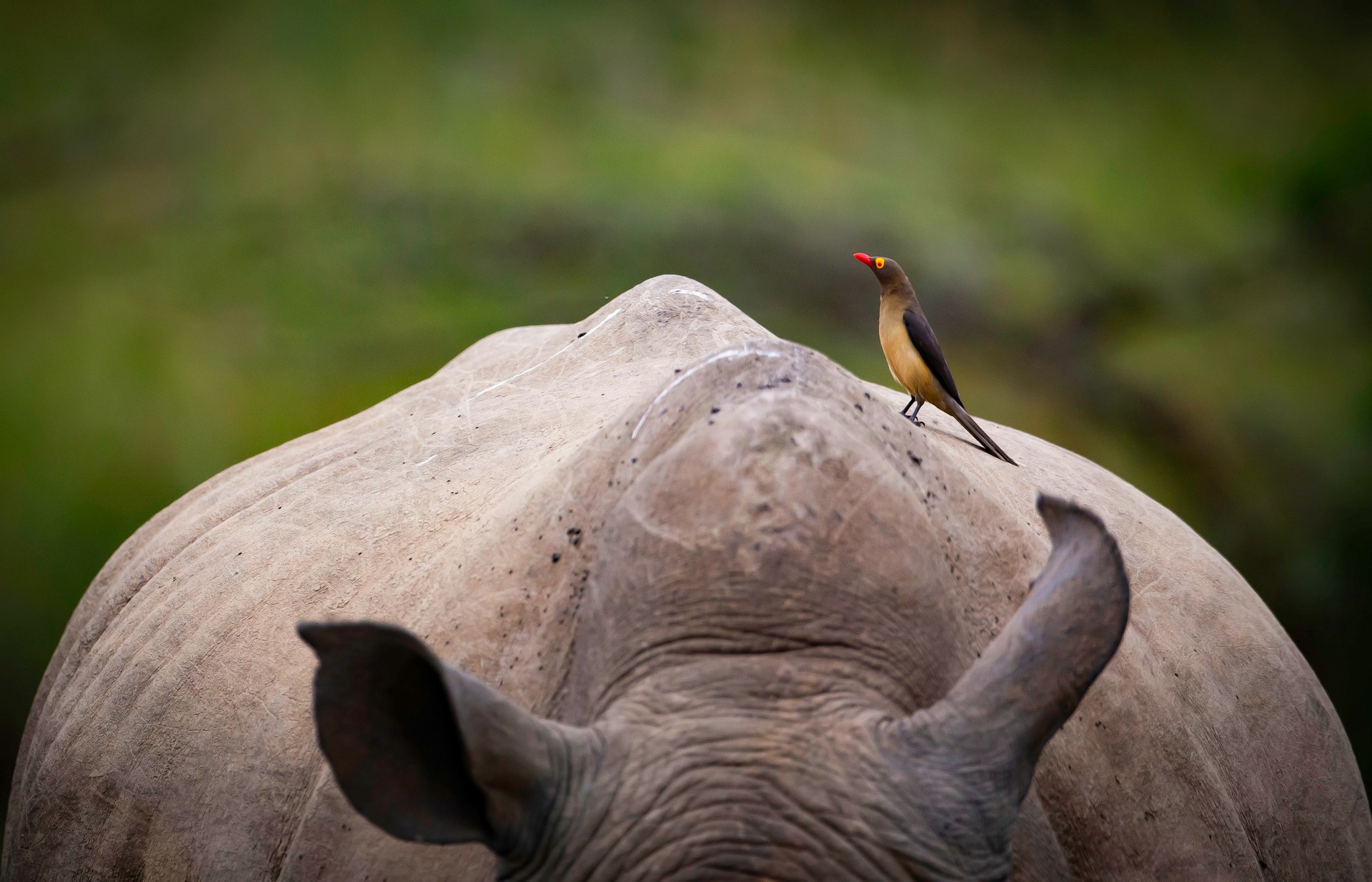
Sci&Tech Writer Izzy Tobin resists environmental anxiety with a hand-picked selection of hopeful news stories
When you open your phone or switch on the TV, you may become riddled with dread as you hear about the continuous climate emergency that we have been stuck in for years. Our screens blind us with headlines about impending doom and the unstoppable, climate disaster that is inevitably approaching. After reading that opening statement, you might feel the need to stop reading this article as you sense another fear-mongering climate piece approaching. However, there is ongoing positive environmental progression occurring around the world. As important as it is to remain aware of the issues occurring, it may also help to be reassured that there is hope and to know that there are teams of people working to make our world better.
[…] almost-extinct northern white rhinos could be saved […] using IVF
Some exciting news occurs in Kenya as the almost-extinct northern white rhinos could be saved through embryo transfer using IVF. Our North African, 2500kg, double-horned friends are unfortunately becoming extinct due to poaching and separation meaning they cannot reproduce. However, scientists have found a new method to improve fertility. Thomas Hildebrandt, the head of BioRescue, explains: ‘Now we have clear evidence that an embryo that is frozen, thawed, produced in a test tube can produce new life and that is what we want for the northern white rhino’. Scientists have preserved 30 more embryos to help continue the process. This successful attempt to prevent extinction is applicable to many other species, providing hope for the preservation of more near-extinct animals.
The EU parliament has acted after an increase in ecosystem destruction, also known as ecocide. In response to this, harsher penalties have been enforced to those who commit acts such as illegal logging or destruction that results in habitat loss. A 10-year jail sentence can be imposed on those who cause extreme harm to the environment. This law is most applicable to CEOs who produce products in an unsustainable fashion; higher sentences will be imposed if the products are manufactured unethically and if the working environment causes death or harm to workers. The harsher penalties to those who commit ecocide will make people think about the result of their environmentally damaging actions with the EU, which is using its power positively to protect the environment from destruction.
In Hawaii, youth activists have become heavily involved in preventing pollution, as a result of the prior transport system causing harm to the environment. Before the young plaintiff’s involvement, highways in Hawaii were emitting enough greenhouse gases to place Hawaii as the state with the highest greenhouse gas emissions caused by transportation. Now, after the recognition of the ‘children’s constitutional right to a life-sustaining climate,’ and as a result of actions made by activists, Hawaii has committed to net-negative emissions by 2045. The youth activists received a special mention and thanks from Ed Sniffen, the head of transportation in Hawaii. He highlighted that ‘for them to speak out about something they really believe in is tremendous’. This demonstrates the power of activism, and how participation in positive environmental advocacy can lead to change.
[…] participation in positive environmental advocacy can lead to change
The ‘Epic Adventure with Bertie Gregory,’ is a documentary on Disney+ which allows viewers to follow Gregory as he captures videos of animals in the wild. In one episode he works with the Zambian Carnivore Programme, who show Gregory how they protect prides of lions. These conservation workers will first tranquilise the lions using a dart, whilst they are in their natural habitat. Though this may seem harsh, this is mandatory for their next step. While the lions are tranquilised, collars are placed around their necks so that the lions can be tracked and monitored. By doing this, the workers can protect the animals from threats such as snares, which they see when the collars show that the lion has not moved. Lions are sociable animals and like to remain in their prides, so by placing the collar on one member of the pride, the other lions will also be tracked and monitored and can be helped if the pride finds themselves in a dangerous situation. In the documentary, one of the collars showed that a lion had not moved, so they went to investigate. The lion had been trapped in a wire snare and because of the collar, they were able to save the lion. They have saved 47 lions using this technique, with these lions producing 217 cubs.
Overall, there is positive work currently happening all over the world, allowing us to have more confidence in an optimistic environmental future.
Enjoyed this article? Read more from Sci&Tech here:
Beyond the Sea: Decoding Dolphin ‘Smiles’
World Health Organization and TikTok to Collaborate for Science-Based Wellbeing

Comments